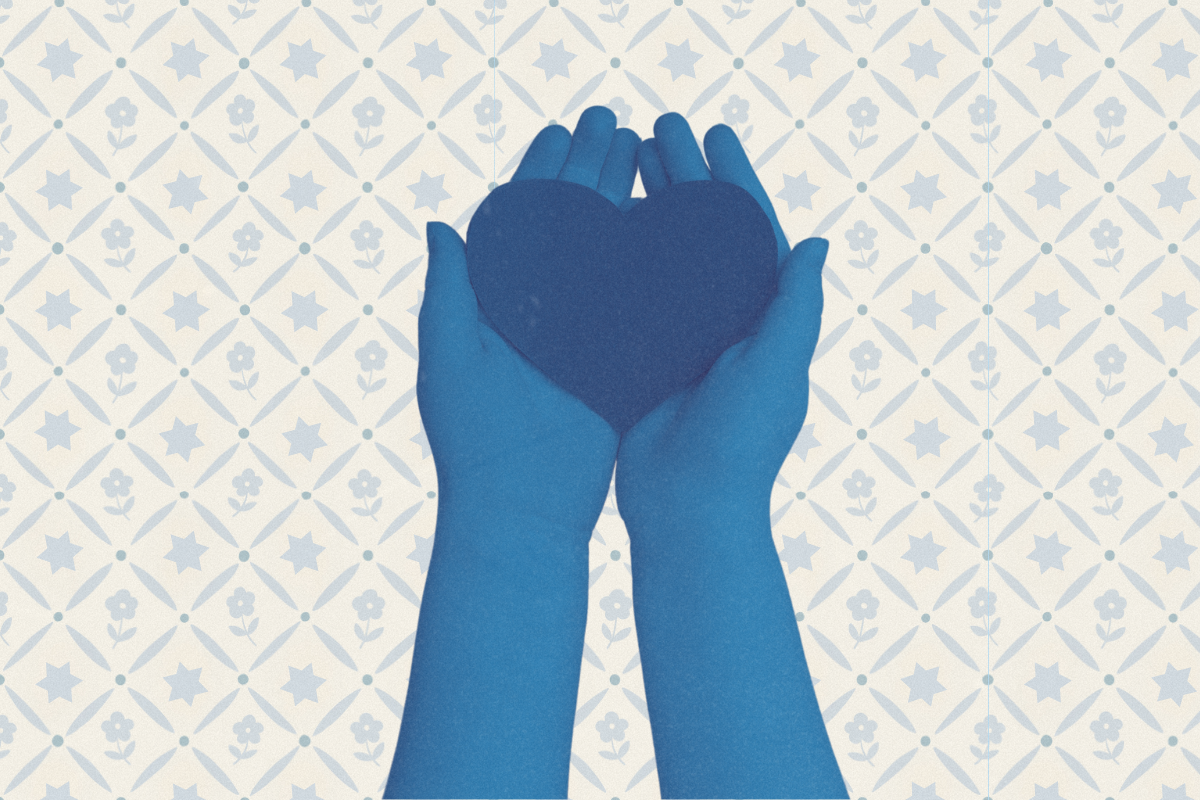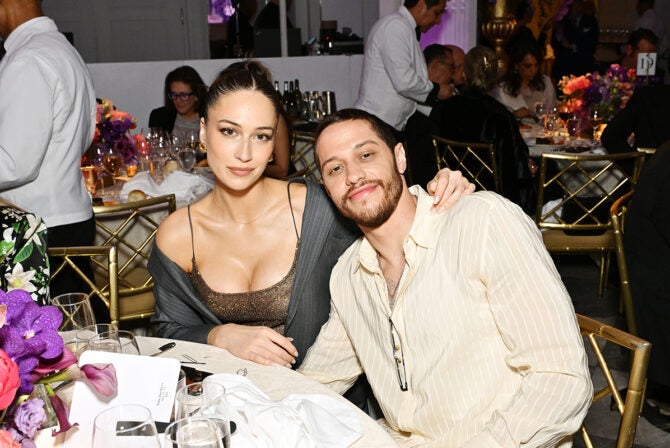In honor of Safer Internet Day — a global day dedicated to online safety and respect — Kveller’s Jordana Horn connected with writer, activist, designer, and onetime White House intern Monica Lewinsky.
When Lewinsky was 22, her relationship with President Bill Clinton eventually led to his impeachment — and a very public scandal. When the story broke in 1998, it was the early days of the Internet; Lewinsky has called herself the “patient zero” of online bullying.
After years of laying low, Lewinsky has returned to public life to become a vocal advocate of positive digital citizenship — which means acting responsibly and kindly online — and resilience.
Lewinsky, 44, shared with us some of her thoughts and suggestions for parents about social media, bullying, and responsibility.
What do you think today’s parents can do to actively engage their kids, and make sure their children are digital upstanders — people who say something when they see wrongdoing online?
The first, and almost most important, is how they model this kind of “pro-social behavior” — making sure that social interactions are positive — for their kids. As we know, kids are sponges when it comes to behavior and understanding social norms.
Women are one of the biggest targets of cyberbullying, slut shaming, and online harassment. One small way to model better behavior is to think about how we talk about women on the red carpet — especially considering awards season is upon us. I have caught myself casually gabbing with friends during these shows, picking apart women for how they look — praising those I think got it right, and, well, the opposite [for those I think got it ‘wrong’].
Another way is to encourage kids to be familiar with sites, organizations, and apps that are geared toward being upstanders online. The free download #BeStrong Anti-Bullying Emojis for Support — which I helped to create — are a great example of this. These emojis were designed as universal symbols of compassion and support that can be used to help a target of cyberbullying know they are not alone.
How can parents help their children become more digitally resilient?
In my opinion, the three most important things are:
1. Make sure kids know they can always come to them if they have any questions, and maybe establish another trusted adult to whom a child can turn in the event they feel shy or embarrassed or scared with their parents.
2. Teach kids empathy. The more you can tap into empathy for others, the easier it will be to have for yourself. The more empathy you are able to conjure for yourself, the less likely you will either go to a place of shame — or stay in a place of shame for as long.
3. I invest in and value friendships. A big part of digital resilience is about being able to bounce back from an online incident. Having people reflect back to you who you really are helps immensely — and having that come from a peer is almost more important than an adult.
What resources do you recommend on digital citizenship?
Annie Mullins OBE, who runs the Trust and Safety Group in the UK, was the first person who introduced me to this concept. Sue Scheff author of Shame Nation (for which I wrote the foreword); the website for the Diana Award’s Anti-Bullying Programme has wonderful resources, along with Bystander Revolution and Project RockIt.
We talk a lot about how to make our kids better people. But how do we make ourselves, as adults, better people on the Internet and in social media?
This is an important point as it touches back to the modeling behavior, both on and offline. I’d advise everyone to think before posting something. Ask yourself: Does it past the face test? Meaning, would you make the same comment if you were standing face to face with the target of your comment?
There’s a lot of click bait out there. Stop and think before you click on something that’s contributing to a culture of shame and humiliation. If nobody clicks, there’s less incentive for people to post degrading material.
Finally, click to show support for someone who’s been a target of bullying. Confronting a bully can be difficult and may not even be wise, but showing compassion to the target can do a world of good. Studies show that many young people don’t know what to say when someone they know has been cyberbullied. And let’s face it, many adults struggle with this, too.
What’s your personal relationship with social media?
It’s a love-hate relationship. Social media sometimes invites our best selves — and sometimes our worst. But it’s also opened borders on conversations and information. For example, I think we’ve become more aware of the bullycides [suicide as a result of bullying] happening around the world. That’s because it’s no longer just local news — because of social media, it’s become a global story.
I’m on Twitter and Facebook publicly as @monicalewinsky, and I am on Instagram privately. I appreciate the positive connections people can make, and the pro-social actions — like what happened with Dancing Man [who had been bullied for dancing in public]. Strangers supporting and creating a movement around someone being body shamed is incredible.
This interview has been condensed and edited for clarity.

This post is part of the Here.Now. series, which seeks to destigmatize mental health,
and is made possible by UJA-Federation of New York and The Jewish Board.
You can find other educational mental health resources here.








